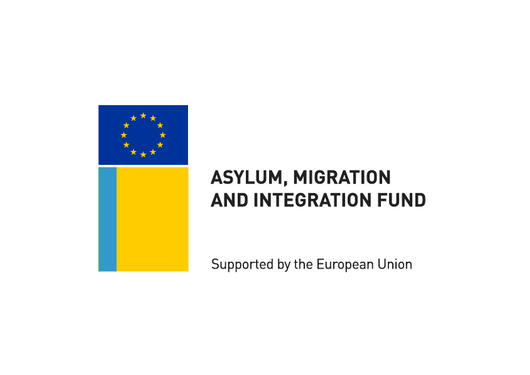Non-medical male circumcision
Non-medical circumcision refers to a procedure carried out based on religious or cultural grounds which involves the removal of foreskin from the boy’s penis.
While non-medical male circumcision is not currently prohibited under Finland’s legislation, it is considered to violate the child’s bodily integrity and self-determination.
Health care professionals should address the issues with pregnant women and parents of underaged boys when the person with an immigrant background or asylum seeker comes from a region where male circumcision is performed on cultural grounds.
The Ministry of Social Affairs and Health provides instructions on non-medical male circumcision
- Non-medical male circumcision is not part of publicly funded health care.
- Circumcision may only be performed by an authorised physician.
- Before performing a circumcision, a physician must provide the child’s guardians with sufficient information about the nature, effects and possible disadvantages of circumcision and the irreversibility of the procedure.
- The written consent of the guardians is needed and circumcision may not be performed if one of the guardians opposes it.
- Circumcision may not be performed if the boy opposes it when he is able to understand its meaning based on his age and level of development.
- Circumcision must be performed under appropriate and sterile conditions under local anaesthesia administered by the physician.
The instructions of the Ministry of Social Affairs and Health are applied to the circumcision involving the removal of the foreskin performed on boys under 18 for which there are no medical grounds.
Guide for parents about non-medical male circumcision
THL's and The Finnish Immigration Services' brochure about male circumcision is available in seven languages:





